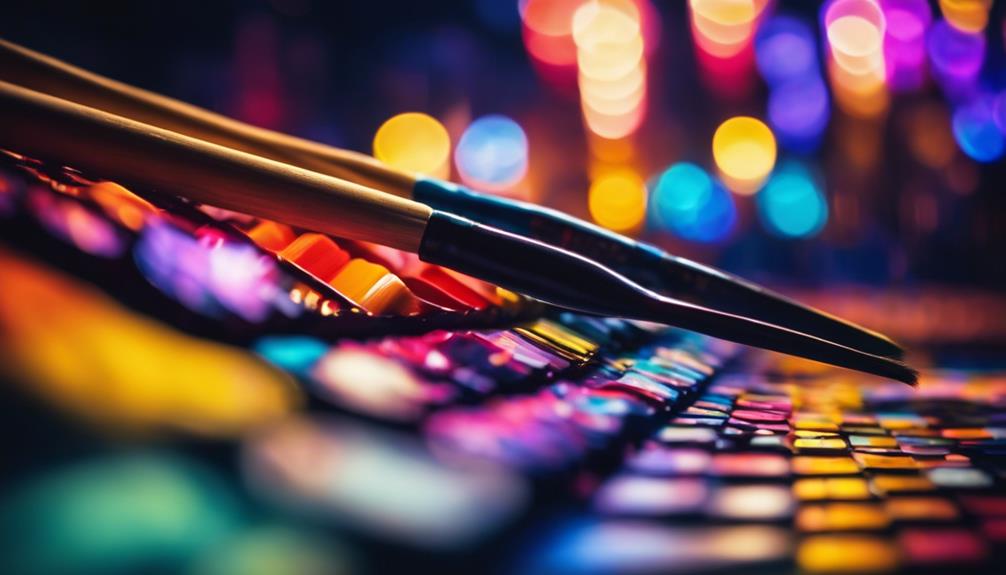Is Free AI Art Creation Feasible?
The rise of free AI art generation tools has sparked significant discussion in the art scene. These platforms, like DALL·E 2 and Deep Dream Generator, offer everyone the chance to create art, which is exciting. However, they also raise concerns about whether AI-created art is original and how it might affect traditional artists’ careers. It’s essential to consider whether these technologies’ advantages surpass the potential adverse effects on artistic integrity and copyright issues.
Free AI art generation tools are changing the game, but not without controversy. They promise to make art creation accessible to all, but there’s worry about the impact on originality and professional artists’ income. We must consider the broader implications for art and law as we look into these issues.
Key Takeaways
The emergence of free AI art tools has stirred debates within the art community. These platforms, such as DALL·E 2 and Deep Dream Generator, democratize art creation but also prompt questions about the originality of AI-generated art and its impact on traditional artists’ livelihoods. Considering the balance between these tools’ accessibility and the potential threats they pose to artistic integrity and copyright concerns is vital.
- AI art tools democratize creativity but spark originality concerns.
- The impact on traditional artists’ income is problematic.
- These technologies are reshaping art and law.
AI Art Generators Explained
AI art generators like DALL·E 2 and CraiCrayon are changing how we create art. These tools use advanced technology to turn text into images. This means anyone can bring their ideas to life, even without using traditional art skills.
MidJourney AI is still testing its features but offers a peek into AI art with its trial period before moving to a subscription. On the other hand, Deep Dream Generator lets people make art for free online, allowing them to play with different styles. NightCafe uses a unique approach with a credit system to allow users to experiment with various visual effects.
These generators make art more accessible and spark meaningful conversations about copyrights and ethics in the art world. This is crucial as we blend AI with creativity.
The Promise of Free Access
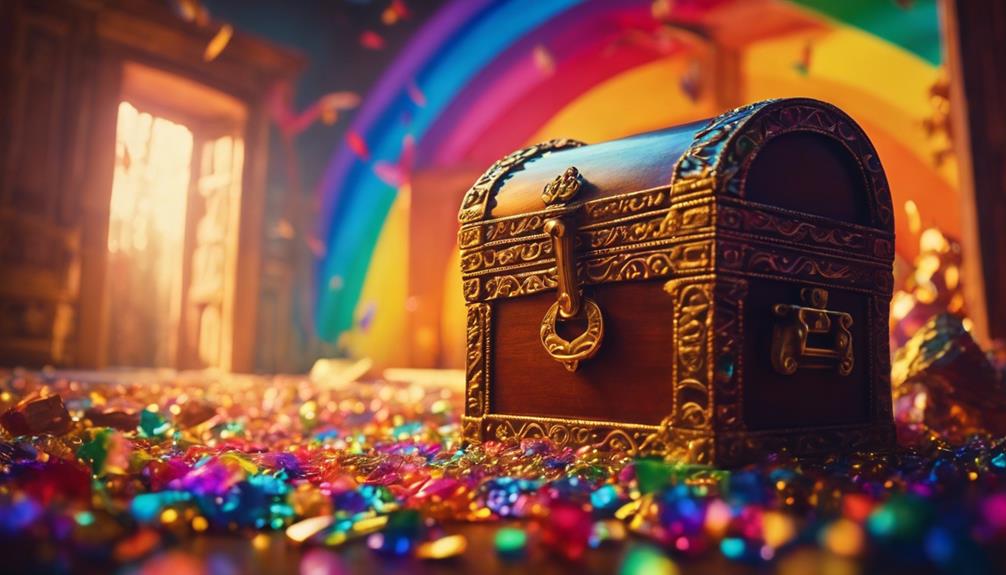
The arrival of tools like NightCafe has changed the game for digital art creation, making it accessible and free for everyone. This is a huge step forward in making art creation democratic, thanks to generative AI technologies from companies like Stability AI. Now, a wider audience can enjoy these benefits:
- Easy Access: NightCafe’s AI art generator is available online at no cost, making it simple for budding artists and enthusiasts to create artwork without buying expensive software or subscriptions.
- Creative Freedom: With the gift of free credits, people are motivated to try out different styles and effects, leading to a surge of innovation and creativity in the tal art warning Opportunity: This chance to create AI-generated images without spending money upfront helps users grasp the potential and boundaries of AI in art, enhancing their understanding and skills.
This shift not only makes art more accessible but also starts a new chapter in digital art where getting started is much easier. NightCafe and similar platforms offer free credits and a space for experimentation and art creation, bringing AI-generated art within reach for many. This sparks a worldwide discussion about the evolving relationship between creativity and technology.
Ethical Considerations
When we look at free AI art generation through ethical lenses, we face two significant issues: artists’ rights and the effects on creativity and originality. The growing use of AI to create art is shaking up the usual rules about copyrights. This could hurt the art world by not paying the people who make the art. At the same time, this new tech makes us question what it means to be original and creative today. Is art still authentic if an algorithm made it?
These challenges are not just theoretical; they’re affecting real people and real careers now. Artists worldwide are grappling with the reality that their work and styles can be replicated by machines, often without credit or compensation. This situation forces us to think hard about the value of human creativity. It also makes us ask whether there’s a way to balance the incredible possibilities of AI with fair treatment for those who dedicate their lives to art.
Artist Rights Concerns
The rise in concerns over artist rights is a hot topic as more AI technologies create art by reusing existing images without giving credit or compensation to the original artists. This situation is spotlighting the need for copyright laws to catch up with the digital era’s challenges regarding intellectual property.
Copyright laws are evolving to deal with the unauthorized use of images to ensure artists get recognized and paid for their work. Artists risk losing income when AI creates art without giving them their due. Websites like Newgrounds have started implementing rules to control AI-created art to protect artists’ rights.
The ongoing discussions around the ethics of AI in art stress the importance of having clear laws and guidelines. These should ensure that AI’s use in art is fair and ethical, respecting the creators’ rights.
Originality and Creativity Impact
Moving past the legal aspects of artists’ rights, we’re now faced with the ethical issues of using AI to create art for free.
This new tech raises significant questions about whether AI art can be considered original or unique. People are worried that this could make the act of creating art seem less valuable and might not give enough credit to the hard work of human artists.
These ethical issues make us think harder about what it means to be original or creative in a world where technology plays a significant role in creating art. As free AI art becomes more common, we must rethink our creativity and originality ideas.
This pushes us to carefully consider the ethics of using technology in art.
Impact on Traditional Artists
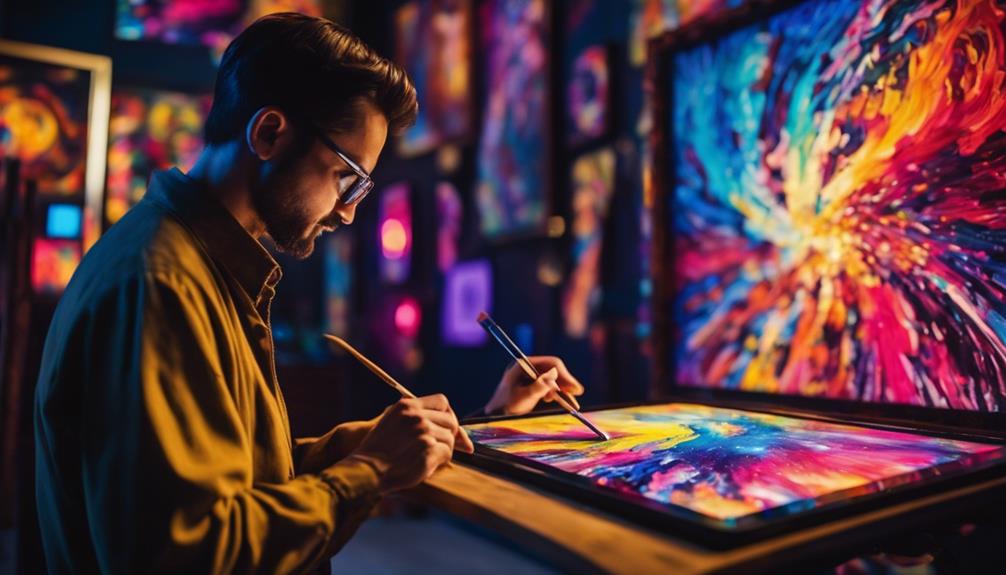
The rise of free AI art creation tools presents a challenging scenario for traditional artists. They must find new ways to stay relevant and appealing in a rapidly changing market. As we see a move towards easier and cheaper art options, the unique value of human art is being questioned more than ever. This is a critical time forists relying on traditional methods to stand out and evolve.
Traditional artists are now competing with anyone who has access to AI tools. This makes it challenging for them to get noticed in a crowded marketplace. There’s a growing preference for art that can be made quickly and without much expense, putting pressure on artists who invest time and skill into their creations. To stay ahead, traditional artists must highlight what makes their work unique compared to AI-generated pieces.
Adapting to these changes is vital. Traditional artists might consider using AI in their creative process, focusing on elements that AI can’t mimic, like personal narratives or the texture of physical materials. It’s all about the human touch in their artwork. Making these adjustments is crucial for traditional artists aiming to keep their place in an art world where AI and free tools increasingly influence.
Copyright and Legal Issues
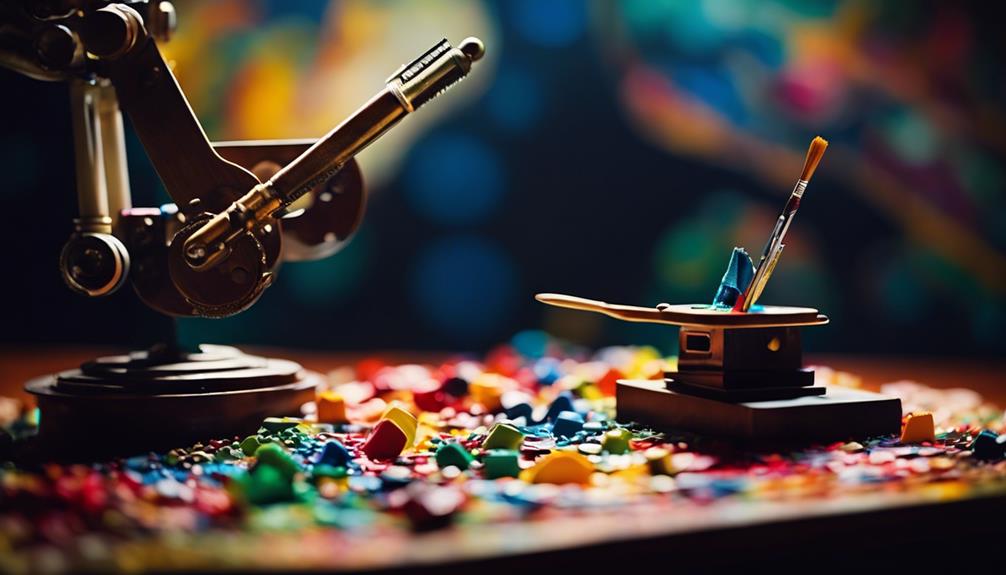
The legal challenges surrounding AI-created art and copyright law are intricate, stirred by cases and decisions in the US. These issues underscore the difficulty in determining the copyright status of artworks made by AI, affecting creators and artists significantly. Understanding these legal shifts is crucial for appreciating the ongoing debates about intellectual property rights in our digital era, especially as people seek equitable compensation.
Avoiding clichés and focusing on clarity, it’s evident that the legal landscape is adapting to the new realities of digital art creation. This adaptation responds to the broader conversation on fairly recognizing and compensating creative efforts behind AI-generated artworks.
Copyright Infringement Concerns
As AI art generators grow more popular, they’ve started to clash with copyright rules by using images without the artists’ consent. This situation has sparked a considerable debate about how to balance tech advances with artists‘ rights. The laws for AI-created art are still unclear, leaving many artists in the dark about how to protect their work.
Companies like Microsoft, GitHub, and OpenAI have been called out by artists seeking more precise rules. Sites like Newgrounds have set policies to address these issues, trying to find a middle ground. The fact that artists have to rely on these platform policies shows the gap in the legal system when regarding art.
This issue is vital because it touches on the rights of individuals versus the push for technological progress. As AI continues to develop, we need laws that keep up and protect everyone involved.
Legal Precedents and Cases
Recent legal battles in the US have sparked a heated discussion on whether AI-generated art can be copyrighted. This debate points to the urgent need for clear rules in this fast-changing area. Legal challenges faced by artists trying to protect their work, especially in cases involving big companies like Microsoft, GitHub, and OpenAI, show how controversial the topic of AI-created art is. These legal cases are setting essential standards for future copyright arguments.
| Case | Issue | Outcome |
|---|---|---|
| US Court Ruling | Can AI Art be Copyrighted? | Not copyrightable |
| Legal Disputes | Artists’ Rights Violations | Still happening |
| Changes in Copyright Law | Defining AI Art Limits | In progress |
| Protecting Artists | Depending on Platform Policies | Not much help |
These developments highlight the necessity for detailed legal approaches to deal with the complex world of AI art, platform policies, and copyright.
Recent rulings in the US have stirred a complex debate on the copyright status of art made by AI, showing the pressing need for clear legal definitions in this rapidly changing area. Artists face challenges safeguarding their work, with lawsuits against big tech companies like Microsoft, GitHub, and OpenAI highlighting the contentious nature of AI-generated art. These legal outcomes are shaping crucial standards for future copyright debates.
The Quality of AI-Generated Art
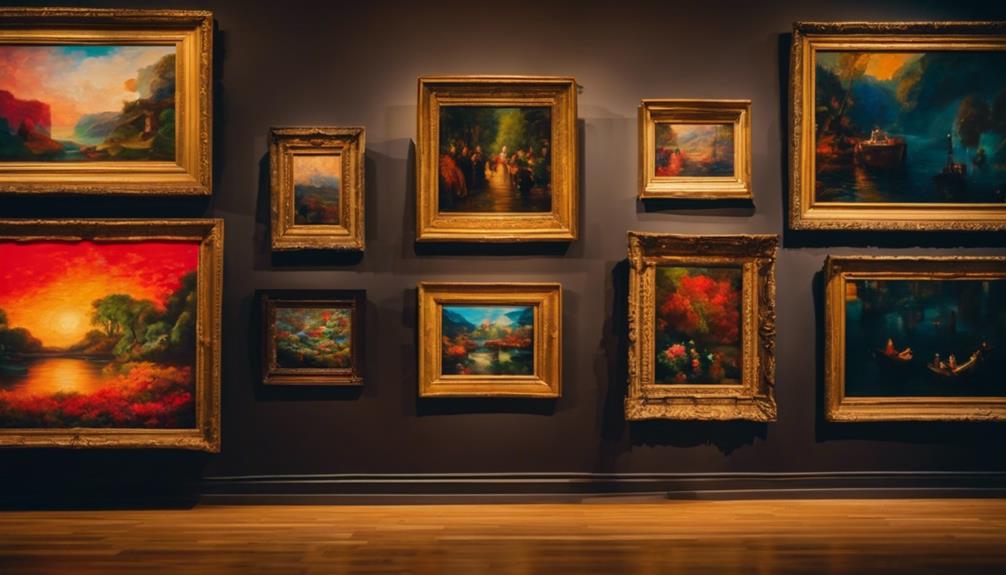
The quality of art produced by AI varies widely, influenced by the complexity of the request, the sophistication of the AI’s programming, and the quality of images it learned from. AI art creators use complex programming and extensive image libraries to turn text prompts into artworks. The difference in quality across platforms mainly comes down to a few factors.
The variety and scope of images used to train the AI significantly affect the diversity and depth of the art it creates. If the dataset is small or biased, the artwork might look similar or lacking in detail. The power of AI’s programming plays a significant role in how well it can understand detailed requests and turn them into visually appealing art. Advanced programming allows for creations that can stand toe-to-toe with art made by humans in terms of complexity and originality.
Free AI art platforms often have limitations like lower resolution, fewer style options, and less customization. These restrictions can impact the art’s overall quality and how well it matches your vision, pushing users to try different platforms to meet their expectations and artistic goals.
Top Free AI Art Platforms
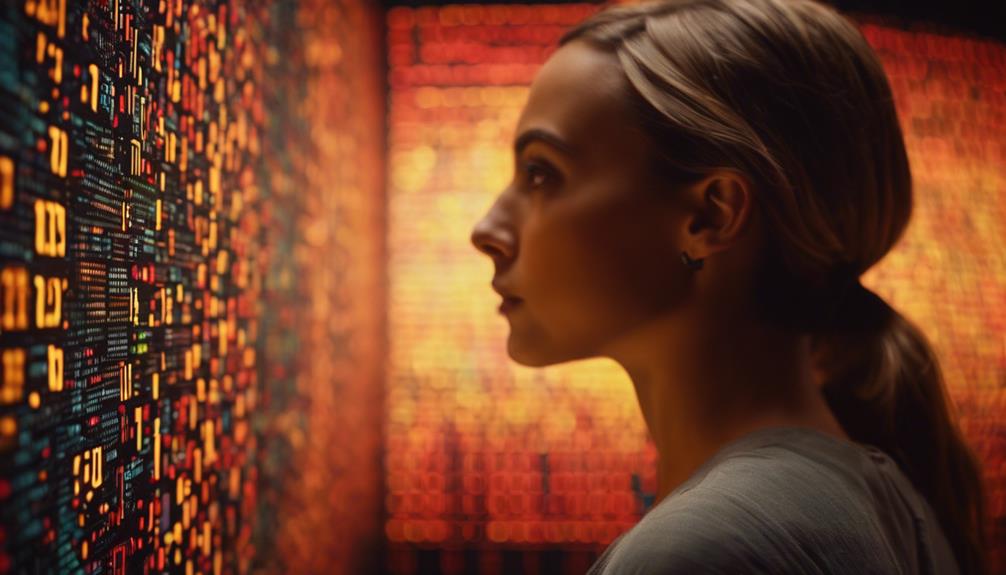
Navigating the world of free AI art creation tools unveils various platforms, each with features to meet the growing interest in digital artistry. These platforms are not just about making art with AI; they also introduce users to the advantages and challenges of using technology in art creation.
- DALL·E 2 offers free trials to its first million users, allowing creation with natural language descriptions. However, its free access is limited, and there’s a strong demand for its use.
- NightCafe stands out for its user-friendly interface, multiple algorithms, and unique credit system for regular use. But, users need to understand how the credit system works to make the most of it.
- Deep Dream Generator is a free online app that provides various style options and showcases a gallery of AI-generated art. Yet, to achieve the best results, users might need to apply their artistic judgment.
Each platform showcases the ability of AI image generators to transform the art creation process. From DALL·E 2’s ability to generate images from text descriptions to NightCafe’s variety of algorithms and Deep Dream Generator’s style options, these tools offer exciting opportunities for artists. However, making the most of these platforms requires understanding how AI works and each tool’s specific features and limitations.
Limitations and Challenges
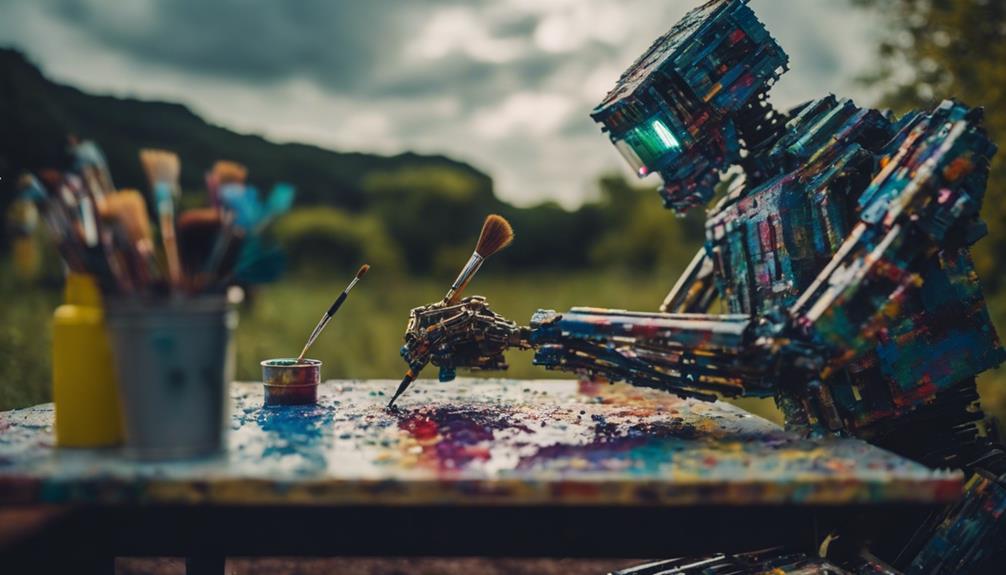
While free AI art platforms present exciting opportunities for digital creators, they’re not without drawbacks, which can affect both the creative process and the final artwork. Platforms such as Deep Dream Generator offer a glimpse into the future of art. Still, they also present challenges for artists looking to use these tools for professional or high-quality projects.
One of the main issues is the lower image quality and resolution these free services offer compared to paid alternatives. This is critical for artists who require quality prints or digital displays. Another hurdle is the presence of watermarks on artwork created with free platforms. These watermarks can detract from the visual appeal of the art and limit its use in commercial settings. Additionally, usage restrictions often apply, such as limits on the number of images one can create. This can be a significant barrier for artists looking to experiment freely or produce a large volume of work.
These challenges underscore the trade-offs between using free AI art tools and achieving the quality and flexibility many artists desire for their projects.
The Future of AI in Art
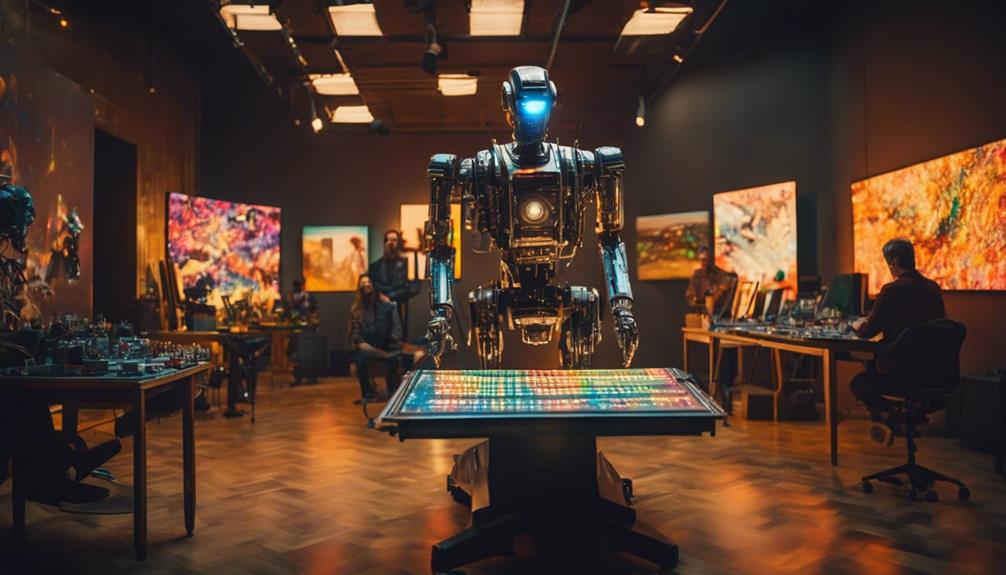
Integrating artificial intelligence (AI) into the art world is set to change how we create, share, and view art. This change comes with its share of ethical and legal challenges. AI art tools are becoming more advanced, making it easier to share art online. Yet, this progress brings up issues like copyright disputes, showing how complex the legal side of AI art is.
The impact of AI on art is vast, changing the basics of how art is made and appreciated. Discussions about whether AI art is truly original or creative are shaping how we see AI’s role in art. Understanding what AI can and cannot do in art is essential.
Looking forward, AI in art has much potential for new and innovative creations that could add to our culture. However, it also raises important ethical questions and the need to deal with legal issues carefully. It’s vital to keep the focus on originality and creativity in art.
Frequently Asked Questions
Are There Any Truly Free AI Art Generators?
- Free AI art tools often limit creativity.
- Ethical and copyright issues raise concerns.
- Monetization and privacy challenge access.
Is It OK to Use Ai-Generated Art?
- Artificial intelligence in art prompts ethical concerns.
- It risks economic harm, potentially displacing artists.
- Requires careful consideration for fair use and impact.
Why Are People Against Ai-Generated Art?
- Concerns over authenticity erode creative trust.
- Artist jobs risk disappearing, sparking economic worry.
- Cultural heritage faces dilution from non-human creators.
Is It OK to Use AI Art as Inspiration?
- Drawing inspiration from AI art sparks ethical debates.
- It challenges the boundaries of human and AI creativity.
- The legal aspects of using AI art for inspiration are complex.
